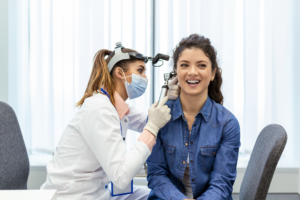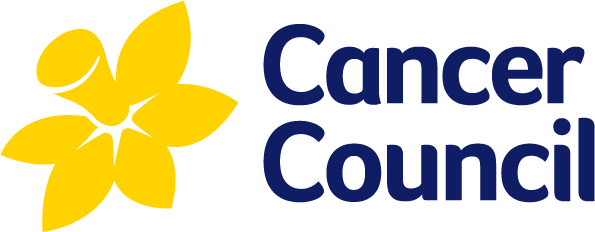
Common Cancer Symptoms
Common cancer symptoms This fact sheet has been provided using information from the Cancer Council. Do a Cancer Risk Quiz Cancer, like other illnesses can
Melanoma was the fourth most commonly diagnosed cancer in Australia in 2016 and it is estimated that it will be the third most commonly diagnosed cancer in 2020. In 2016 there were 14,48 new cases of melanoma diagnosed in Australia.
Australia has one of the highest rates of skin cancer in the world.
The sun’s ultraviolet (UV) radiation is the major cause of skin cancer. UV damage also causes sunburn, tanning, premature ageing and eye damage. The good news is you can prevent damage – and skin cancer – by being SunSmart.
Sun protection is recommended whenever UV levels reach 3 or higher. Below 3, sun protection isn’t recommended unless you are outdoors for extended periods or near reflective surfaces, like snow.
Australians shouldn’t expose themselves to potentially harmful UV to get more vitamin D. Evidence suggests that prolonged sun exposure doesn’t cause vitamin D levels to to increase further but it does increase your risk of developing skin cancer. When UV levels are 3 or higher, most Australians get enough vitamin D with just a few minutes of sun exposure while doing everyday tasks.
Unlike the sun’s heat and light, we can’t see or feel UV radiation, so check the UV for your location on the free SunSmart app or on the Bureau of Meteorology website.
Choose clothing that covers as much skin as possible, for example, collared shirts with long sleeves. Some clothing may carry an ultraviolet protection factor (UPF), which is a guarantee of how much UV protection a fabric provides.
Apply a generous amount of sunscreen to clean, dry skin at least 20 minutes before you go outside. The average-sized adult will need a teaspoon of sunscreen for their head and neck, each limb and the front and back of the body. That’s about seven teaspoons (35mL) for a full body application. Reapply sunscreen every two hours or after swimming or excessive sweating.
Remember, sunscreen is not a suit of armour and should be used with other sun protection measures.
Choose, a broad-brimmed, legionnaire or bucket style hat which shades your face, nose, neck and ears, which are common sites for skin cancers. Caps and visors do not provide enough protection.
Use trees, built shade structures, or bring your own (such as a sunshade tent)! Shade reduces UV radiation, but it can still reach you via reflection, so make sure you use shade in combination with other sun protection measures.
Sunglasses and a broad-brimmed hat worn together can reduce UV radiation exposure to the eyes by up to 98%. Sunglasses should be worn outside during daylight hours. Choose close-fitting wraparound sunglasses that meet the Australian Standard AS/NSZ 1067.

Check your skin regularly for any new spots or changes in shape, colour or size of existing spots. If you notice anything unusual, see your doctor as soon as possible. Most skin cancer can be successfully treated if it is found early.
Remember, if you have any concerns or questions, please contact your doctor.

Common cancer symptoms This fact sheet has been provided using information from the Cancer Council. Do a Cancer Risk Quiz Cancer, like other illnesses can

Hearing loss is one of the most common health conditions, affecting one-in-six Australians.

We work with


Disclaimer
Doctors.com.au does not warrant or hold any responsibility for this fact sheet. Fact sheets are provided to doctors.com.au from relevant third party partners and companies.
Doctors.com.au will not be held responsible or liable for any errors or omissions that may be found in any of the information on this fact sheet, and you are encouraged to consult other sources to confirm the information, and in the event that medical treatment is required, to take professional expert advice from a legally qualified and appropriately experienced medical practitioner.
 Need a doctor now? Speak to a GP in minutes via phone or video consult.
Need a doctor now? Speak to a GP in minutes via phone or video consult.